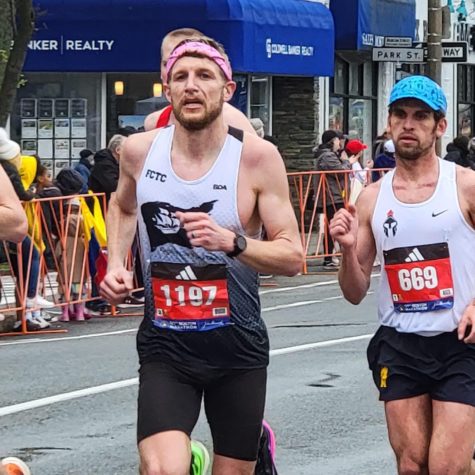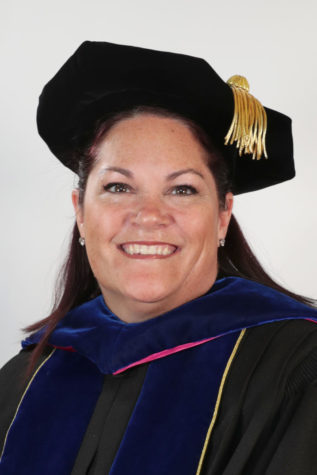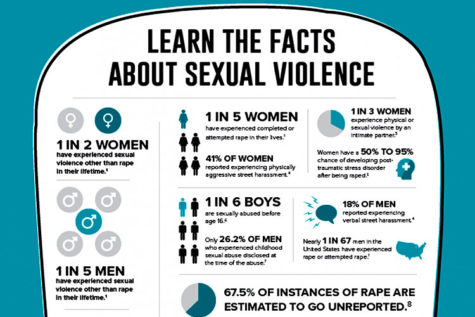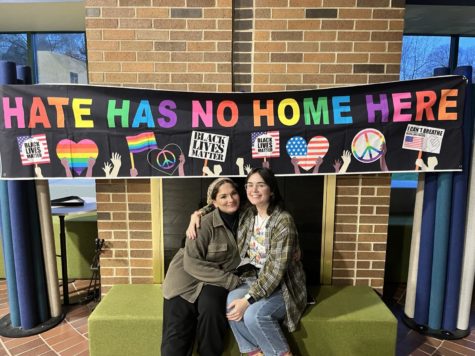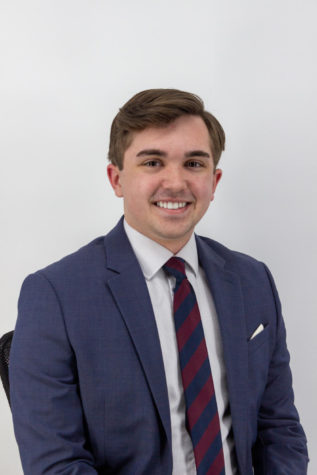Mercyhurst anthropologist breaks new grounds in his Field
November 11, 2015
Steven Symes, Ph.D., professor of Applied Forensic Anthropology, has made an incredible headway in both the forensic and anthropological fields by being able to reconstruct the fossil remains of two ancient hominins perished in the fossil-filled cavern system in Malapa, South Africa.
These hominins known as Australopithecus Sediba, have been identified by Symes and his team of researchers as one adult female and one juvenile, mostly likely male. The two remains, which could be a mother and her child, were found in anatomical positions buried under sedimentary rock in a fissure of Malapa, known as the “Cradle of Humankind” due to the large amount of primitive human fossils found there.
The cause of death of the two discovered hominins was due to the fall, from a significant height, into the cavernous area and attempting to brace themselves from the impact.
“[Symes] was the first to say ‘Hold on a second; what if we look at this from a biomechanical point of view, look at this from the point of view of force, and the biomechanics of the bone and look at things a bit differently.’ He basically changed the field,’” Luis Cabo, anthropology lab director at Mercyhurst who worked with Symes as part of his team of researchers for this project said.
One particular trauma that aided Symes in identifying what happened to the fossils, was a fracture in the humerus bone of the upper arm. This led Symes to try to figure out what caused the compression and tension of the bone and the position the arm was in when the impact occurred.
Due to Symes’ impressive forensic techniques, Cabo considers Symes the “Father of Modern Trauma Analysis” and his profound discoveries of the fossilized Australopithecus Sediba remains will usher in more researchers in the field to look at studies in this new way.
“From a paleo-anthropologist’s perspective, talking about broken bones and when they occurred has sort of been a wild conjecture. This is the first time, that I know, that they added a good forensic component. Somebody who is an expert in fracturing patterns and trauma to bone. This is a good thing. A combination of these disciplines, elevates the status of forensic anthropology and forensic sciences”, Dennis Dirkmaat, director of both the Department of Applied Forensic Sciences and Anthropology said.
Cabo also credits Symes for bringing attention to the university.
“Anybody in the U.S. who has a case with bone trauma is going to think of us, because of him,” Cabo said.
Symes already works on about 50 cases a year, but now, due to his headway in these fossil discoveries, more opportunities will be open to both him and Mercyhurst.

